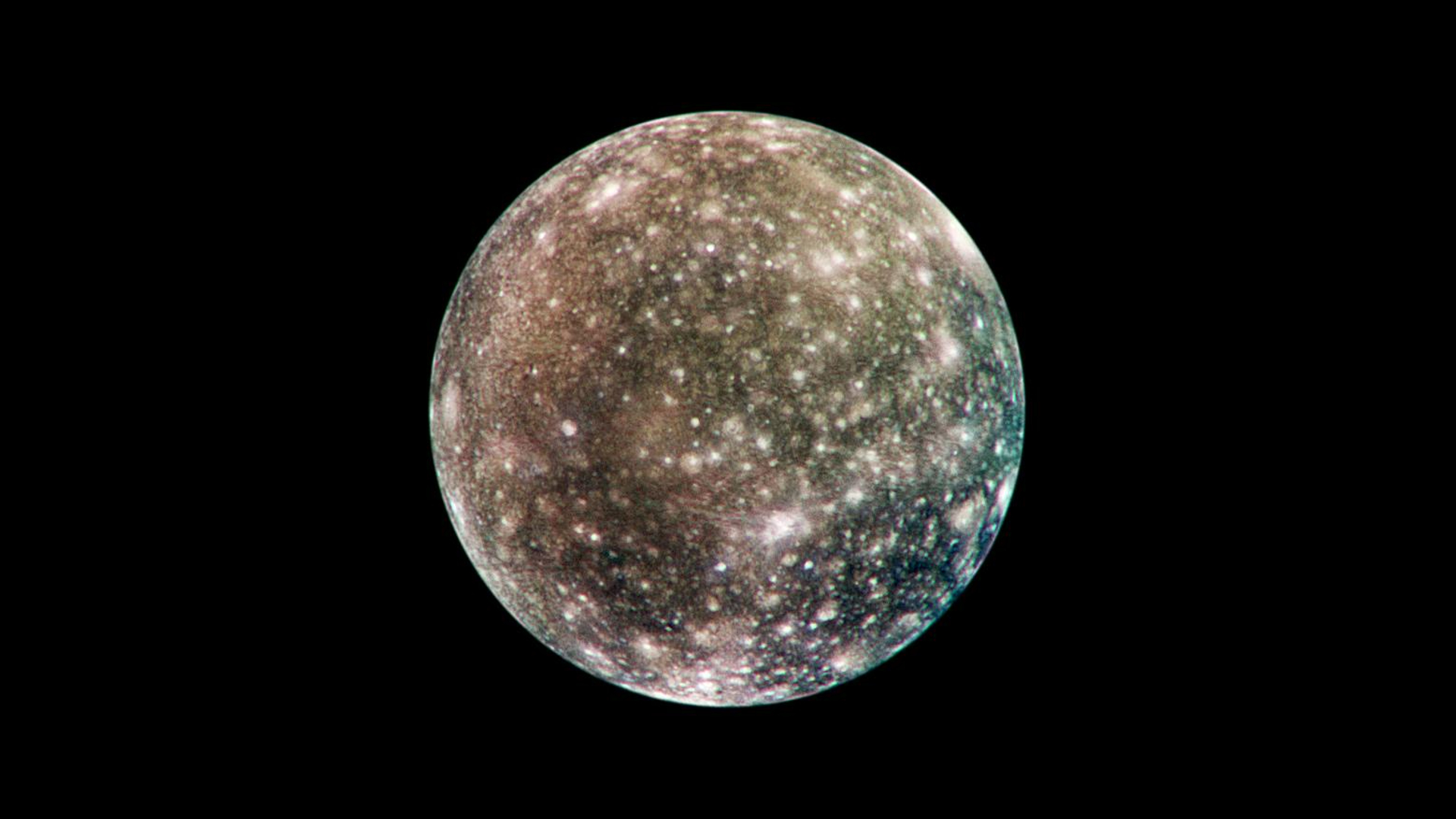Callisto is one of Jupiter’s four Galilean moons, discovered by Galileo Galilei in 1610. It is the most distant of the four moons and is known for its heavily cratered surface and its potential for a subsurface ocean.
Physical Characteristics
- Size: Callisto is the second-largest moon in the solar system, after Ganymede. It has a diameter of about 3,159 miles (5,081 kilometers).
- Surface: Callisto’s surface is heavily cratered, making it one of the most heavily cratered objects in the solar system. These craters are thought to be the result of billions of years of bombardment by asteroids and comets.
- Internal Structure: Callisto is believed to have a core of rock and ice, surrounded by a mantle of ice. Beneath the icy crust, there may be a subsurface ocean, which could potentially harbor extraterrestrial life.
Magnetic Field
Callisto does not have its own magnetic field. However, it is thought to have a small internal magnetic field generated by the movement of conductive materials in its core.
Exploration of Callisto
Callisto has been visited by several spacecraft, including the Galileo mission, which orbited Jupiter from 1995 to 2003. Galileo took detailed images of Callisto’s surface and collected data about its magnetic field and gravity.
There are plans for future missions to Callisto, including the Europa Clipper mission, which is scheduled to launch in 2024. Europa Clipper will also conduct flybys of Callisto, providing additional information about this fascinating moon.
The Search for Life
The possibility of life on Callisto is one of the most exciting questions in planetary science. The subsurface ocean on Callisto could potentially provide a habitable environment for microbial life. Future missions to Callisto may search for evidence of life in the ocean or on the surface.
Callisto is a fascinating world with a complex geological history and the potential for extraterrestrial life. As we continue to explore this icy moon, we may gain new insights into the formation of planetary systems and the possibility of life beyond Earth.
